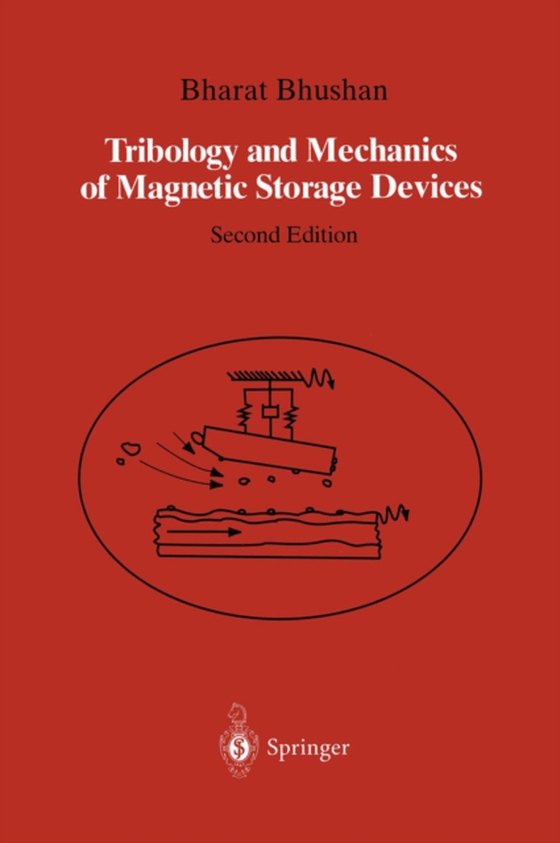
Tribology and Mechanics of Magnetic Storage Devices e-bog
875,33 DKK
(inkl. moms 1094,16 DKK)
Since January 1990, when the first edition ofthis first-of-a-kind book appeared, there has been much experimental and theoretical progress in the multi- disciplinary subject of tribology and mechanics of magnetic storage devices. The subject has matured into a rigorous discipline, and many university tribology and mechanics courses now routinely contain material on magnetic storage devices. The...
E-bog
875,33 DKK
Forlag
Springer
Udgivet
6 december 2012
Genrer
TGB
Sprog
English
Format
pdf
Beskyttelse
LCP
ISBN
9781461223641
Since January 1990, when the first edition ofthis first-of-a-kind book appeared, there has been much experimental and theoretical progress in the multi- disciplinary subject of tribology and mechanics of magnetic storage devices. The subject has matured into a rigorous discipline, and many university tribology and mechanics courses now routinely contain material on magnetic storage devices. The major growth in the subject has been on the micro- and nanoscale aspects of tribology and mechanics. Today, most large magnetic storage industries use atomic force microscopes to image the magnetic storage components. Many companies use variations of AFMs such as friction force microscopes (FFMs) for frictional studies. These instruments have also been used for studying scratch, wear, and indentation. These studies are valuable in the fundamental understanding of interfacial phenomena. In the second edition, I have added a new chapter, Chapter 11, on micro- and nanoscale aspects of tribology and mechanics of magnetic storage compo- nents. This chapter presents the state of the art of the micro/nanotribology and micro/nanomechanics of magnetic storage components. In addition, typographical errors in Chapters 1 to 10 and the appendixes have been corrected. These additions update this book and make it more valuable to researchers of the subject. I am grateful to many colleagues and particularly to my students, whose work is reported in Chapter 11. I thank my wife, Sudha, who has been forbearing during the progress of the research reported in this chapter.
 Dansk
Dansk

